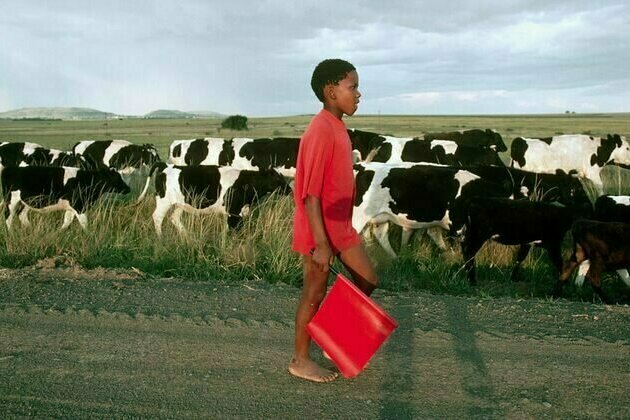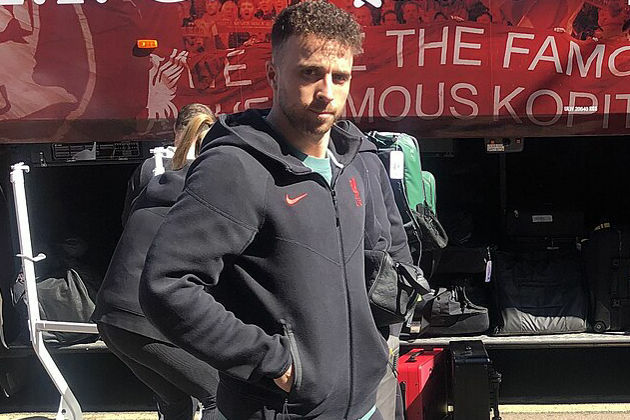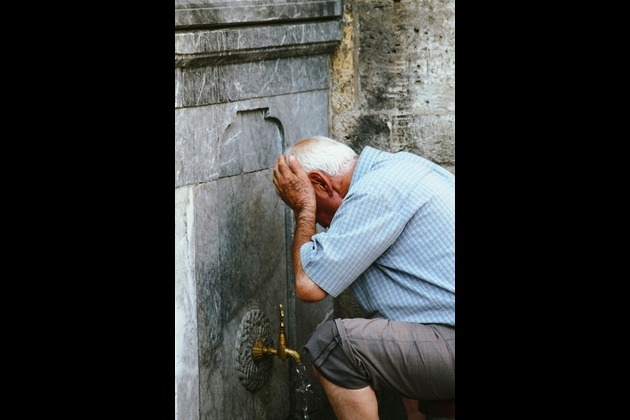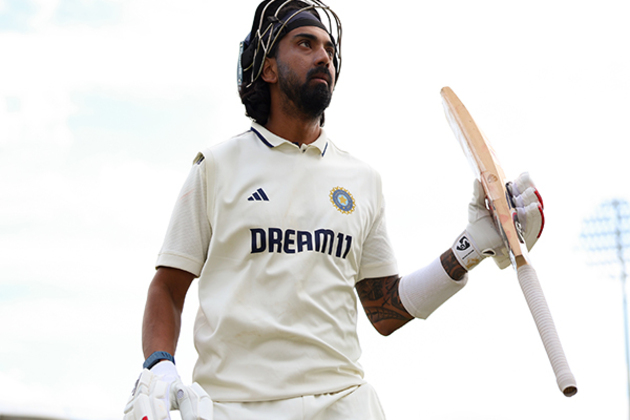Child labour numbers rise in homes where adults are jobless - South African study
The Conversation
06 Jul 2025, 09:34 GMT+10

Child labour is a big concern across the world. It is particularly acute in countries in the global south, where it is estimated that about 160 million children are engaged in child labour, about 87 million of them in sub-Saharan Africa.
A range of countries have sought to outlaw child labour because it denies children their childhood as well as physical and mental development.
In South Africa data on the work activities of children aged between 7 and 17 years are collected in the Survey of Activities of Young People, conducted by Statistics South Africa. Despite the survey having taken place four times (1999, 2010, 2015 and 2019), the dataset has been seriously under-used. There has hardly been any comprehensive research done on the state of South Africa's child labour and child work activities.
In a recently published study we looked at child labour activities in the country. We compared the 2010, 2015 and 2019 Survey of Activities of Young People.
We first looked at personal and geographical characteristics of children, such as their gender, ethnic group and province of residence. We went on to look at their work activities, as well as the relationship (if any) between adults' employment status and the probability of children from the same households having to work.
The reason we chose to look at the relationship between child labour and work activities of adults is that South Africa has an extremely high level of unemployment. At the end of 2024 the unemployment rate was 31.8%.
The Basic Conditions of Employment Act, which was passed in 1997, bans the employment of children until the last school day of the year when they turn 15 years old. Nonetheless, as some adult household members struggle to find work successfully, it is possible that child members of households are exploited to help the households survive financially.
Two striking and alarming findings stand out from the study.
First, the fewer adults were employed in a household, the more likely it was that children in the household were working. Secondly, the presence of child labour in the household had a discouraging impact on the adult members' job-seeking action.
The first key finding implies that if adults were employed, children might not be working. The second implies that jobless adult members most likely relied on the (illegal) income earned by the child labour, discouraging the adults from seeking work actively.
The number of children working in South Africa has dropped from 778,000 in 2010 to 577,000 in 2019. This downward trend implies the success of South African legislation in prohibiting child labour over the years. But, we conclude, laws and regulations are not enough. In South Africa, the enforcement as well as the public awareness and understanding of the child labour related legislation must be improved to safeguard children.
Thus, a coordinated programme of action by the government is important to bring all stakeholders into the fight against child labour and unemployment of the working-age population.
The Survey of Activities of Young People was first introduced in 1999 by Statistics South Africa, two years after the 1997 legislation that banned child labour. However, since the 1999 survey was not linked to the Labour Force Survey and the 1999 survey questions were asked very differently from the 2010, 2015 and 2019 waves, we decided to exclude the 1999 survey wave from the analysis. Hence, we focus on examining the 2010, 2015 and 2019 results, notably because these three waves of data about young people are linked to the Labour Force Survey data taking place in the same year.
This makes it possible to investigate the relationship between the employment status of child and adult household members.
The 2019 survey findings show that, if a household had no employed adult members, the probability of the child from the same household ending up as child labour was 6.5%.
If the household had one employed adult member, child labour probability dropped to 4.7%. Lastly, if the household had at least two employed adult members, child labour likelihood decreased further to 2.7%.
Using the same 2019 data, we found that if a household had no child involved in labour, the probability of an adult member from the same household seeking work in the labour market was 60%. Adult members' labour force participation rate from households where at least once child worked as child labour was much lower at 44%.
Looking at other child labour statistics, we found that the majority (90%) of working children were Africans; above 60% were in the illegal age cohort of 7-14 years; and most were living in the rural areas of KwaZulu-Natal, Gauteng and Eastern Cape.
In addition, 98% of them were still attending school while working as child labour.
Lastly, most child labour worked 1-5 hours per week in elementary occupations in the wholesale and retail industry. The top three reasons for children working were "to obtain pocket money", "to assist family with money" and "duty to help family".
Some children spent many hours on household chores (which is not classified as child labour, strictly speaking). Parents, employers and the community must be educated about the dangers of long hours on domestic chores and even child labour.
The government should consolidate its infrastructure development programmes, especially the delivery of electricity, water and sanitation in areas where children spend time on domestic chores. These actions will shorten the duration of child household chores and allow children more time for school activities. The surveys used for the study did not include questions about specific activities children were involved in. They only asked if the child was involved in chores such as cleaning, cooking and looking after elderly members.
It is also worthwhile if questions relating to child labour are included in the child questionnaire of the National Income Dynamics Study (the only national panel data survey in South Africa) to more thoroughly investigate whether child labour is a short-term or long-term phenomenon, and whether there is any relationship between poverty (and receipt of social grants) and child labour incidence.
Lastly, it has been six years since the Survey of Activities of Young People was last conducted. It is time for Statistics South Africa to collect the latest data on the state of child labour in the country.
This article is based on a journal article which the writers co-authored with Clinton Herwel (Economics Masters student at the University of the Western Cape).
 Share
Share
 Tweet
Tweet
 Share
Share
 Flip
Flip
 Email
Email
Watch latest videos
Subscribe and Follow
Get a daily dose of Cape Town Express news through our daily email, its complimentary and keeps you fully up to date with world and business news as well.
News RELEASES
Publish news of your business, community or sports group, personnel appointments, major event and more by submitting a news release to Cape Town Express.
More InformationInternational
SectionNetanyahu vows 'No Hamas' in postwar Gaza amid peace talks
CAIRO, Egypt: This week, both Hamas and Israel shared their views ahead of expected peace talks about a new U.S.-backed ceasefire plan....
US sends message by publicizing visa ban on UK punk-rap band
WASHINGTON, D.C.: The Trump administration has made public a visa decision that would usually be kept private. It did this to send...
Tragedy in Spain: Diogo Jota and his brother die in car accident
MADRID, Spain: Liverpool footballer Diogo Jota and his younger brother, André Silva, have died in a car accident in Spain. Spanish...
Early heatwave grips Europe, leaving 8 dead and nations on alert
LONDON, U.K.: An unrelenting heatwave sweeping across Europe has pushed early summer temperatures to historic highs, triggering deadly...
U.S. military, China, Russia in Space race
President Donald Trump's plans to build a space-based Golden Dome missile defense shield have drawn immediate criticism from China,...
Trump wins $16 million settlement from Paramount over CBS Harris edit
NEW YORK CITY, New York: Paramount has agreed to pay US$16 million to settle a lawsuit brought by U.S. President Donald Trump over...
South Africa
SectionAnnual BRICS summit gets underway in Brazil
The event is expected to attract some 4,000 people from 37 member-nations, partner states, and international organizations The 17th...
Child labour numbers rise in homes where adults are jobless - South African study
Child labour is a big concern across the world. It is particularly acute in countries in the global south, where it is estimated that...
UAE highlights potential of deeper trade, investment collaboration between BRICS nations
Rio de Janeiro [Brazil] July 6 (ANI/WAM): The United Arab Emirates, represented by Thani bin Ahmed Al Zeyoudi, Minister of Foreign...
KL Rahul becomes second Indian after Gavaskar to achieve unique SENA feat
Birmingham [UK], July 5 (ANI): KL Rahul continued his fine overseas run in Test cricket, becoming only the second Indian opener after...
Vaibhav Suryavanshi smashes fastest U19 ODI century, becomes youngest centurion in this age group
Worcester [UK], July 5 (ANI): India's 14-year-old batting sensation Vaibhav Suryavanshi cracked the fastest century in the U19 ODI...
Sanju Samson returns to Kerala Cricket with record-breaking KCL signing
Thiruvananthapuram (Kerala) [India], July 5 (ANI): Indian wicketkeeper-batter Sanju Samson made a record-breaking return to the Kerala...












